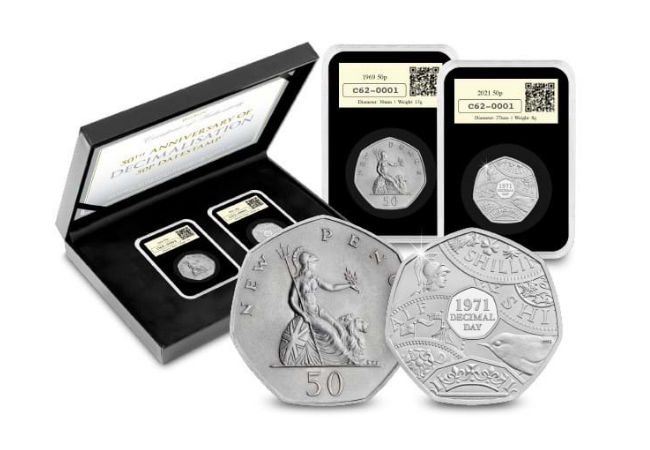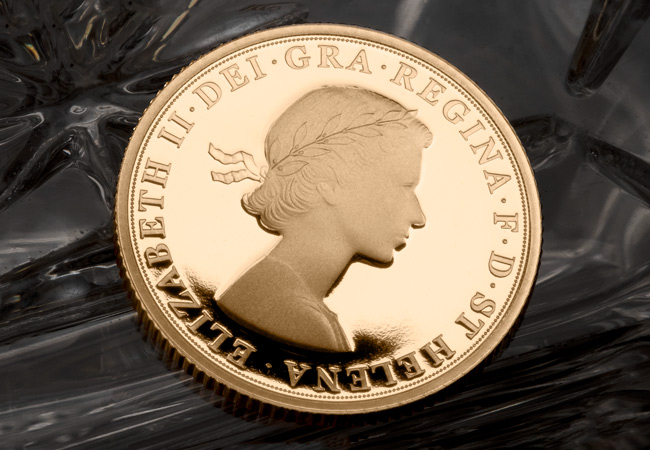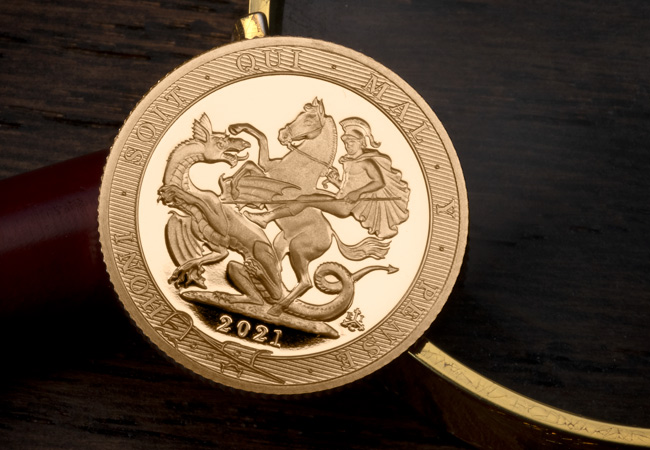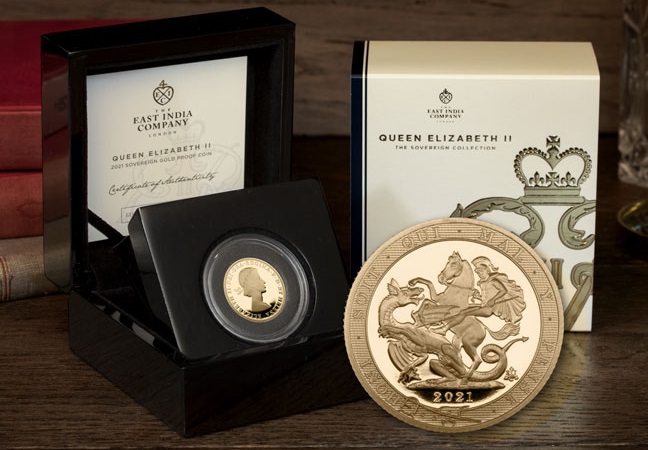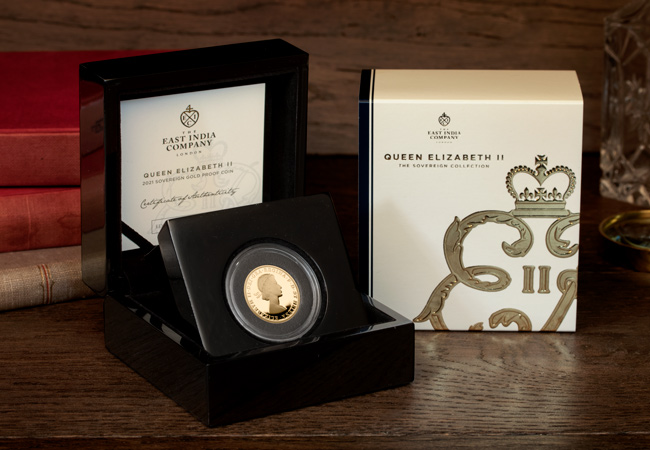British History
Mr Benn to feature on BRAND NEW 50p Coins
From an Astronaut, Pirate or Knight we’re sure nobody will want to miss this upcoming release!
That’s because we’re delighted to confirm that a brand new collection of British Isles 50p coins are set to feature the bowler hatted everyman – Mr Benn!

Here’s what we know so far…
To celebrate Mr Benn’s 50th birthday this year, a number of official 50p coins will be released, authorised by Guernsey Treasury.
We can’t confirm any other details at the moment except there will be a single Mr Benn Anniversary coin with a design inspired by the logo. There will also be a collection of FIVE Silver Proof coins, featuring stunning colour print!
The coins are due for release in April so it isn’t long until we can see them for ourselves.
The countries that went Decimal long before the UK…
On 14th February 1971, the country went to bed with one currency, and woke with another. The following day, 15th February 1971, Britain went decimal. And this year marks the 50th anniversary of this monumental change.
The UK has been at the forefront of iconic and innovative coin designs throughout history. From King Edward III’s first gold coin which was introduced to the UK in 1344, to the experimental and iconic new designs seen on The Royal Mint’s latest issues.

But the UK wasn’t the first country to go decimal. In fact, it was rather slow in its conversion and was one of the last countries in the world to go decimal. And the growing pressure of a world around it changing to Decimal currency would eventually push the UK to make the switch…
Who was the first?
Russia is considered the first country to go decimal, as under Tsar Peter the Great, the Russian Ruble was introduced with a sub-division of 100 Kopeks. It wasn’t until almost 100 years later in 1794 that France followed suit with the Franc, and the Netherlands was the third European country to go decimal in 1817 with the Dutch Guilder. Impressively, there are now only two countries in the world that are still using non-decimal currency – Madagascar and Mauritania (and interestingly both countries’ currencies are sub-divided into units of 5).
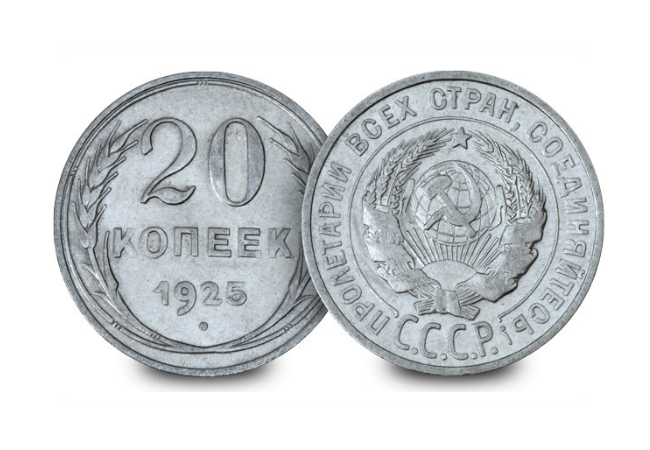
What about the Commonwealth?
By the 1960s, half the world had gone decimal and a number of Commonwealth countries had also made the switch to a decimal currency. Australia, New Zealand, and South Africa all turned to decimal throughout the 1960s giving rise to a powerful decimalisation movement in the UK. As the world around it converted to a modern decimal currency, it seemed inevitable that the UK would soon have to follow suit.
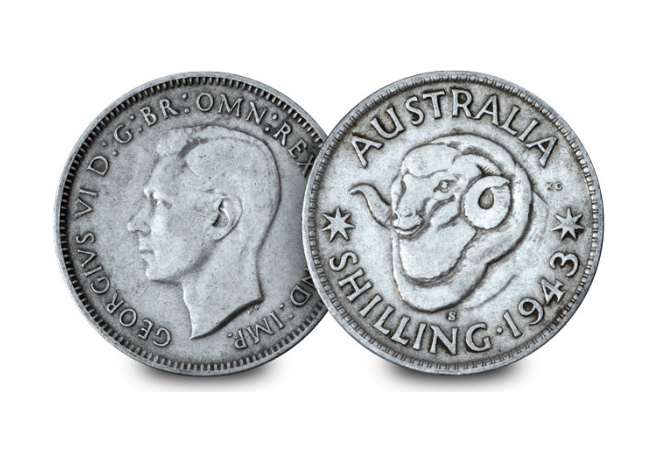
By the time the UK eventually got to Decimal Day, the majority of the world had already made the switch. That includes the likes of the US, Greece, Spain, Switzerland, The Philippines, Nova Scotia, Bolivia, China, Brazil, Jamaica, Fiji, and many more.
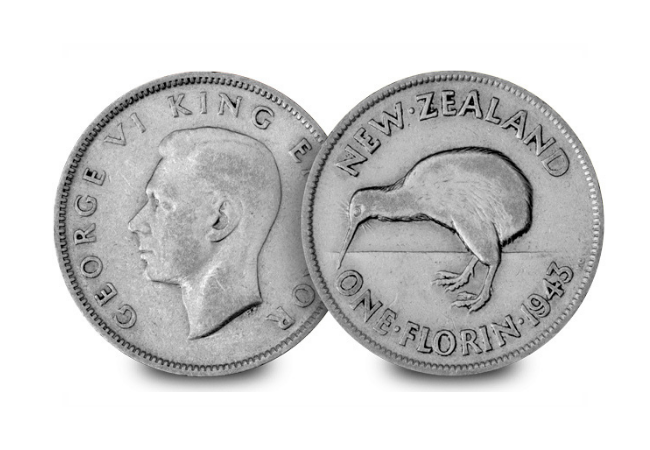
When D-Day finally came…
When Decimal Day finally arrived in 1971, many countries around the world had long since made the switch. For the UK, although the wheels had been set in motion with the introduction of the Florin 120 years prior, it wasn’t until 1968 that decimal coins officially circulated. The 10p and 5p coins were issued alongside their pre-decimal siblings, the Florin and Shilling, for almost 3 years before Decimal Day. Importantly, the first 50p coin entered our circulation in 1969, ultimately becoming the collector’s staple denomination. Fittingly, it is also the denomination that The Royal Mint have chosen to commemorate the 50th anniversary of Decimalisation this year.
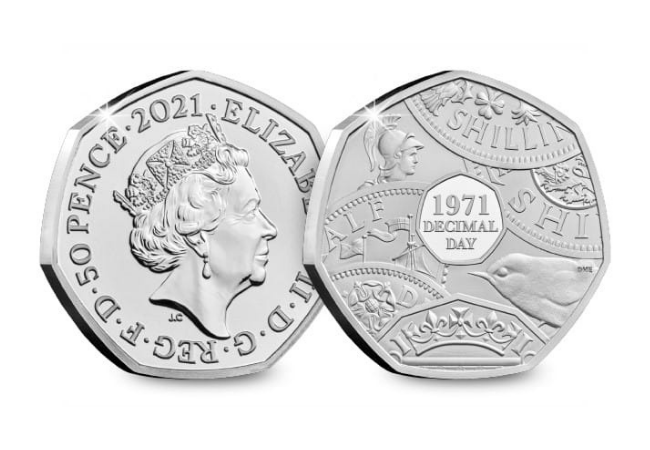
These early introductions helped the public warm to decimalisation and after seeing the world around them change. 15th February 1971 marked a long foreseen, yet inevitable event for the public – the biggest for UK coinage in over a thousand years! It altered the lives of everyone in the UK, remember these were the days before bank cards, and people had to learn a whole new currency! It is certainly an important moment in the history books.
If you’re interested: A NEW DateStamp™ has been authorised!
An original UK 1969 50p coin has been paired alongside a BRAND NEW 2021 UK 50th Anniversary of Decimalisation BU 50p to mark the upcoming 50th anniversary. Each will be officially postmarked by Royal Mail on the day, preserving your coins in a moment in time. Just 2,021 50th Anniversary of Decimalisation 50p DateStamp™ pairs have been authorised, act NOW to pre-order yours.
The most important gold coin in the world right now
As I’m sure you know, this year we celebrate the milestone 95th birthday of our monarch, Queen Elizabeth II.
This is a crucial moment in our country’s history. She is longest reigning head of state that the UK, and in fact the world, has ever seen. Amazingly, 81% of the British population has been born following her coronation, so she is the only monarch that the majority of us have ever known.
This makes her reign one of the most important and impressive in Britain’s history.
To mark this momentous occasion The East India Company has issued a special limited edition Gold Proof Sovereign that’s frankly the most important gold coin in the world right now.
You’ll understand when you see the design and the edition limit. These two things are going to make this Sovereign one of the most sought-after gold coins in history, and the very pinnacle for all collectors looking to mark the Queen’s birthday…
Nostalgic Mary Gillick Portrait
It goes without saying that Sovereigns are one of the most collected coins in the world. Known in the 19th century as ‘the chief coin of the world’ it has maintained its global reputation for accuracy, integrity and beauty.
Whilst the reverse of this Sovereign depicts the iconic image of St George slaying the dragon, it’s the obverse that’s going to have collectors rushing to secure this coin.
You see, The East India Company has been given special permission to use the very first official portrait of the Queen by Mary Gillick on this coin’s obverse, making this the first time it has been seen on a Sovereign for over 50 years.
Significantly, the Gillick portrait was the first effigy of Her Majesty to be used on UK coin. This nostalgic effigy, emphasising the Queen’s youth and vitality, represents the beginning of her reign and is the perfect tribute to her impressive reign and legacy.
Over Ten Times Rarer than the UK Proof Sovereign
Importantly, the East India Company Gold Proof Sovereign is struck to the same exacting standards as the UK sovereign – in 7.98 grams of 22 Carat Gold. All that differs is the design and – crucially – the edition limit.
It has a strict single coin worldwide edition limit of 750, which when compared to the significantly higher UK 2021 Gold Proof Sovereign edition limit of 7,995 makes this coin over TEN times more limited.
What’s more the UK 2021 Gold Proof Sovereign was also issued specially to mark the 95th birthday of Her Majesty the Queen, and it completely SOLD OUT at the Mint inside nine weeks of release!
The Most Important Gold Coin in the World Right Now
It’s clear that there is high demand this year for commemoratives marking the Queen’s birthday – and it’s only February!
Whilst I suspect we will see many more commemoratives for Her Majesty’s 95th birthday, this Sovereign is undoubtedly the most significant. Frankly, it’s the most important gold coin you can find right now in the world.
The scarcity of these Sovereigns alone will make them highly sought-after amongst collectors, but when you consider the historic use of the Mary Gillick portrait – not seen on a coin for 50 years! – I’m sure they will be at the top of every collector’s must-have list.
Especially if the sell-out of the UK 2021 Sovereign is anything to go by, these coins will be snapped up in a flash.
If you’re interested…
It’s clear that any collector looking to secure one of these rare coins will have to take urgent action.
As an Official Distributor of The East India Company, we are lucky to have a limited number of these significant Sovereigns available for Westminster Collection collectors.
But with so few available, and demand for Queen Elizabeth II commemoratives already at an all-time high, we do not expect that we have enough coins to go around. Therefore, these coins are offered on a strict first-come, first-served basis.

